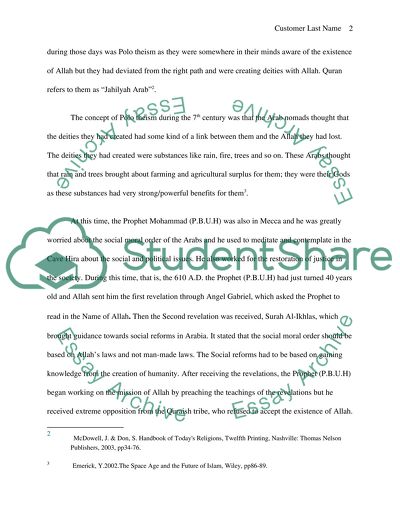Cite this document
(“Islam Essay Example | Topics and Well Written Essays - 2500 words”, n.d.)
Islam Essay Example | Topics and Well Written Essays - 2500 words. Retrieved from https://studentshare.org/miscellaneous/1560016-islam
Islam Essay Example | Topics and Well Written Essays - 2500 words. Retrieved from https://studentshare.org/miscellaneous/1560016-islam
(Islam Essay Example | Topics and Well Written Essays - 2500 Words)
Islam Essay Example | Topics and Well Written Essays - 2500 Words. https://studentshare.org/miscellaneous/1560016-islam.
Islam Essay Example | Topics and Well Written Essays - 2500 Words. https://studentshare.org/miscellaneous/1560016-islam.
“Islam Essay Example | Topics and Well Written Essays - 2500 Words”, n.d. https://studentshare.org/miscellaneous/1560016-islam.


